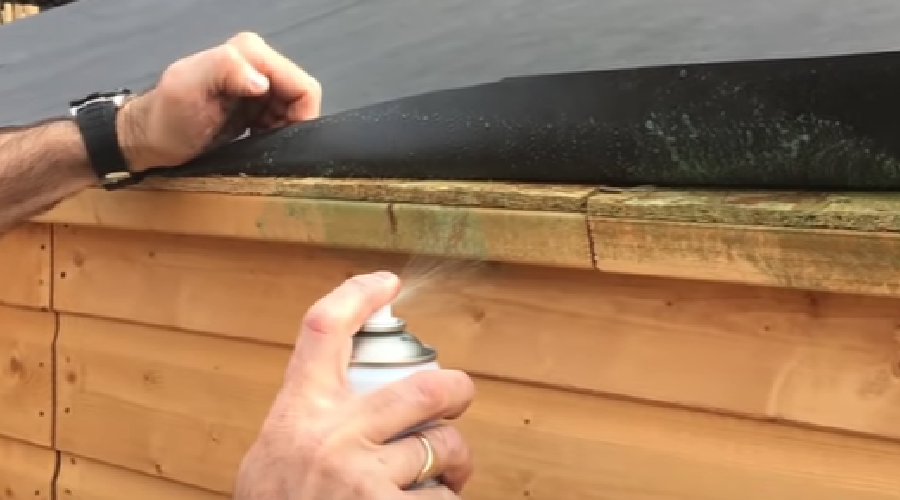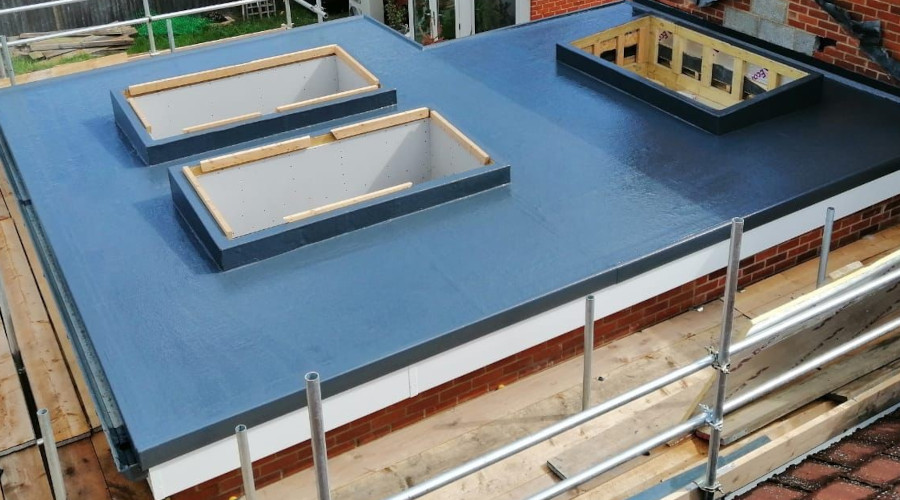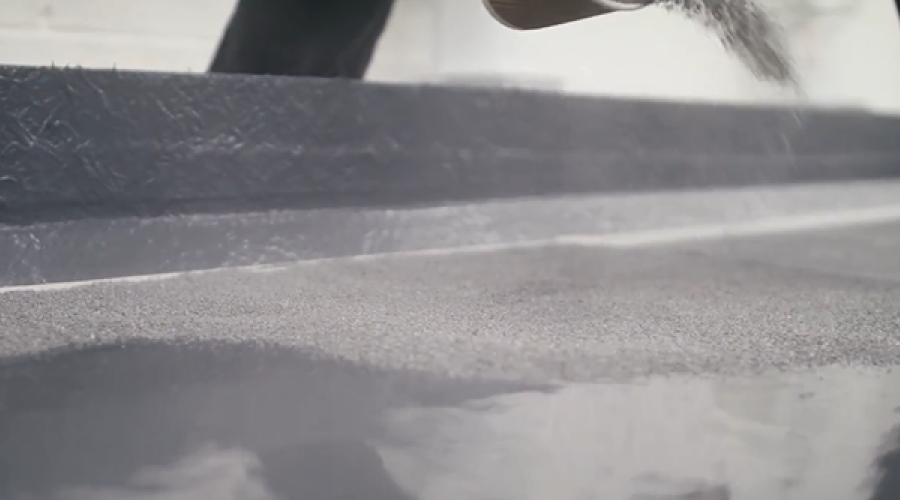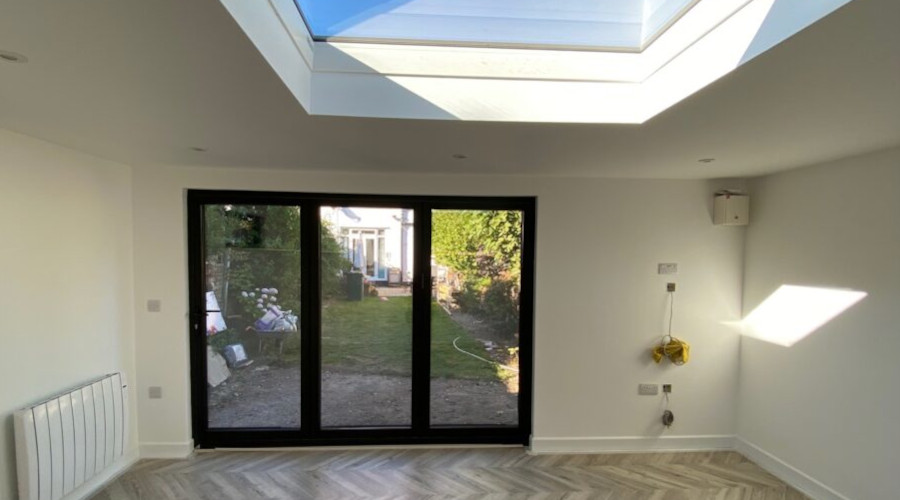Has the Summer Heat Damaged Your Flat Roof?
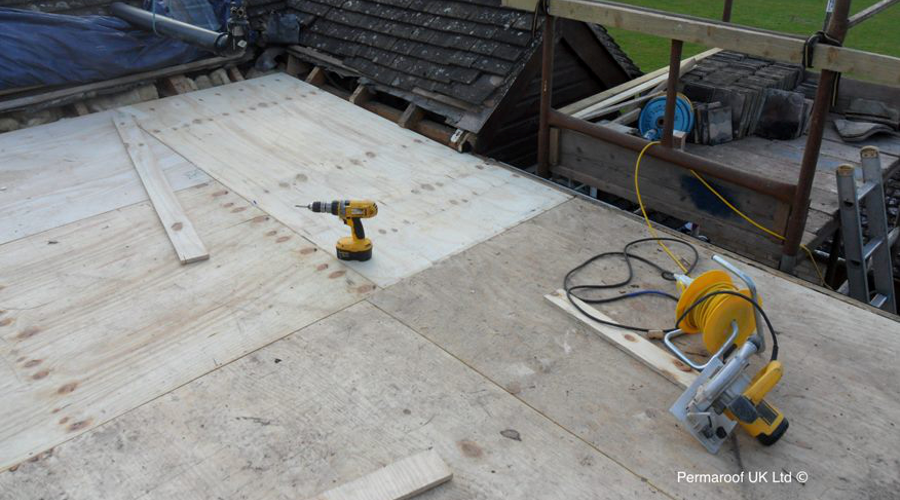
Now the heat of the summer has given way to the approach of winter, it is a good time to assess your flat roofing to see if it has suffered or become damaged. While some may assume that the worst damage to flat roofing is caused by heavy rain, storm winds and frost, the heat of the sun can be as, if not more damaging to certain types of roof covering, such as felt, for instance.
What happens to felt roofing in the heat of the sun?
Felt roofing can be susceptible to all kinds of damage, especially if it has been in place for a few years., Inspection is important after hot spells and some of the most common types of damage are easy to spot, such as bubbles or blisters that form and dramatically thin the roofing material. Often, these blisters do not dissipate, but crack and expose the roof deck to the weather.
Flat roofing is historically troublesome, and this is largely due to the traditional use of felt. During dry weather, these vulnerabilities caused by heat can remain unnoticed until a period of rain arrives, letting in water and causing further damage. This is why it is important to check all your flat roofs over before the winter sets in, bringing freezing temperatures and expanding water which can result in more serious damage to timbers.
Once timbers become damaged, the process of repair can be more complex and expensive. Felt roofs can be repaired, but because it has been compromised once, it is more susceptible to damage and repairs are more likely to become a regular occurrence.
Finding a more weatherable alternative to felt
Investing in modern flat roofing materials is a more cost effective approach in the long term, and as today’s homeowners are becoming more environmentally aware, a more sustainable one too. EPDM membrane, for instance, weathers far better than traditional roof coverings.
EPDM is a highly flexible, durable synthetic rubber-based membrane with a service life expectancy of more than 50 years. It is a flat roofing system that is easy to install, using cold applied adhesives and often a single sheet of EPDM that needs no joining. This has led to a rise in popularity in the DIY market.
How to replace heat-damaged flat roofing with EPDM
If your inspection of your flat roof reveals heat damage, it is important to act fast to minimise damage. Using an EPDM single-ply membrane is ideal for a DIY flat roof replacement and can be purchased in kit form, which minimises waste and avoids underbuying.
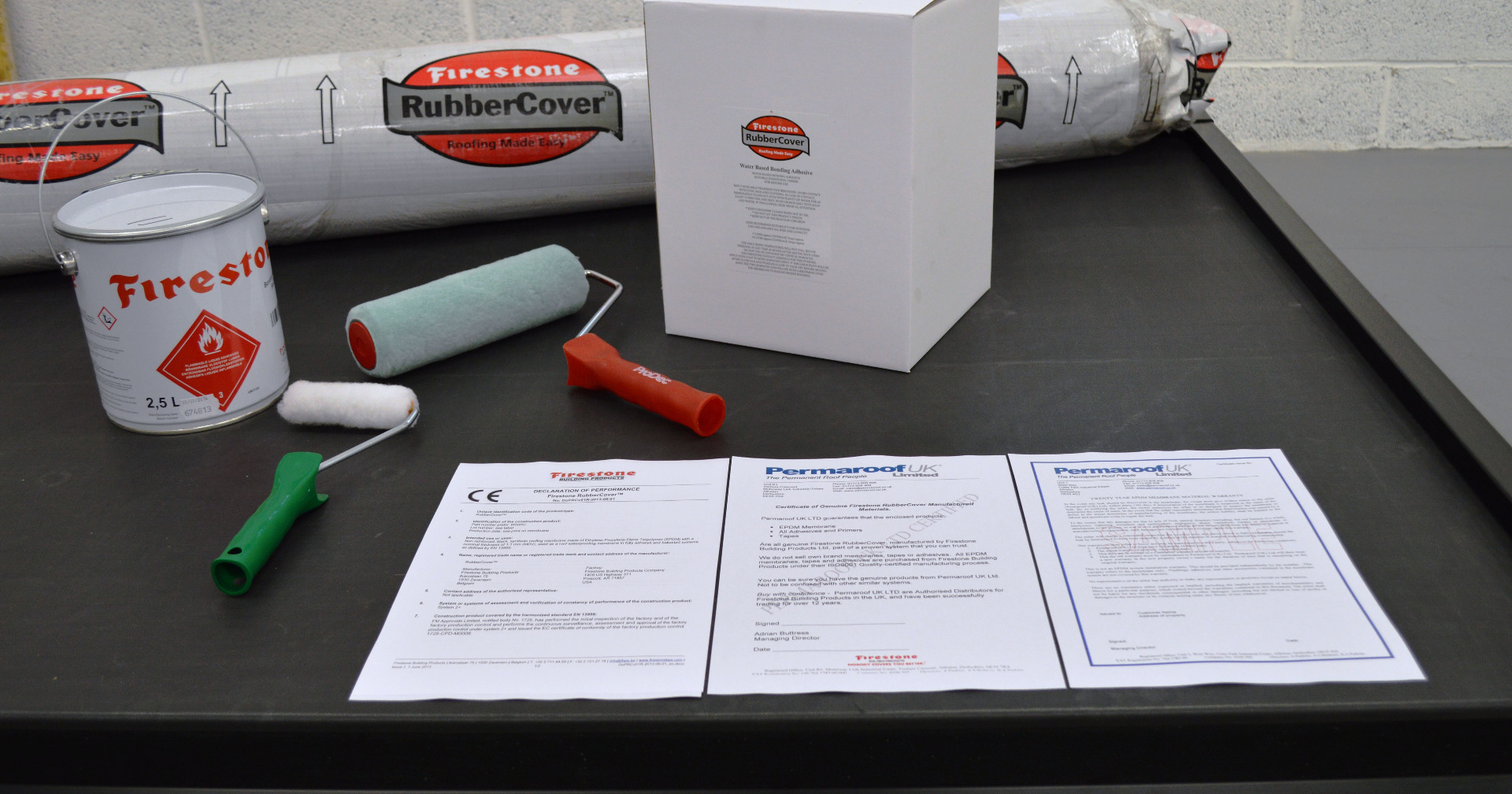
Measure your flat roof carefully to calculate the size of the kit you will need. We stock a wide range of flat roof kits in standard sizes or can tailor a bespoke kit to your requirements. For complex flat roof projects, use our free EPDM Kit Builder App to calculate your kit list in four steps.
View our range of flat roof kits.
Prepare the roof before installation and keep safety at the forefront of all your work. If you feel unsure at any point, call in a professional to install the kit for you. It is fast and easy to apply, reducing labour time and often the cost of a professional install.
Strip back all the old flat roof covering and ensure the surface is clean and free from debris for the best results. Remove grease or oil patches with a suitable cleaner.
Follow the step-by-step installation instructions included with your roof kit or use the resources below to guide you through.
PermaRoof UK provides all the support you need, whether you’re replacing your own damaged flat roofing after warm weather or looking for an alternative to felt for your local clients.
Download free installation guides
Visit our corporate library for more free resources
Watch the Firestone RubberCover system being installed
This is an updated version of a popular post from April 2014. Read the original article here.








